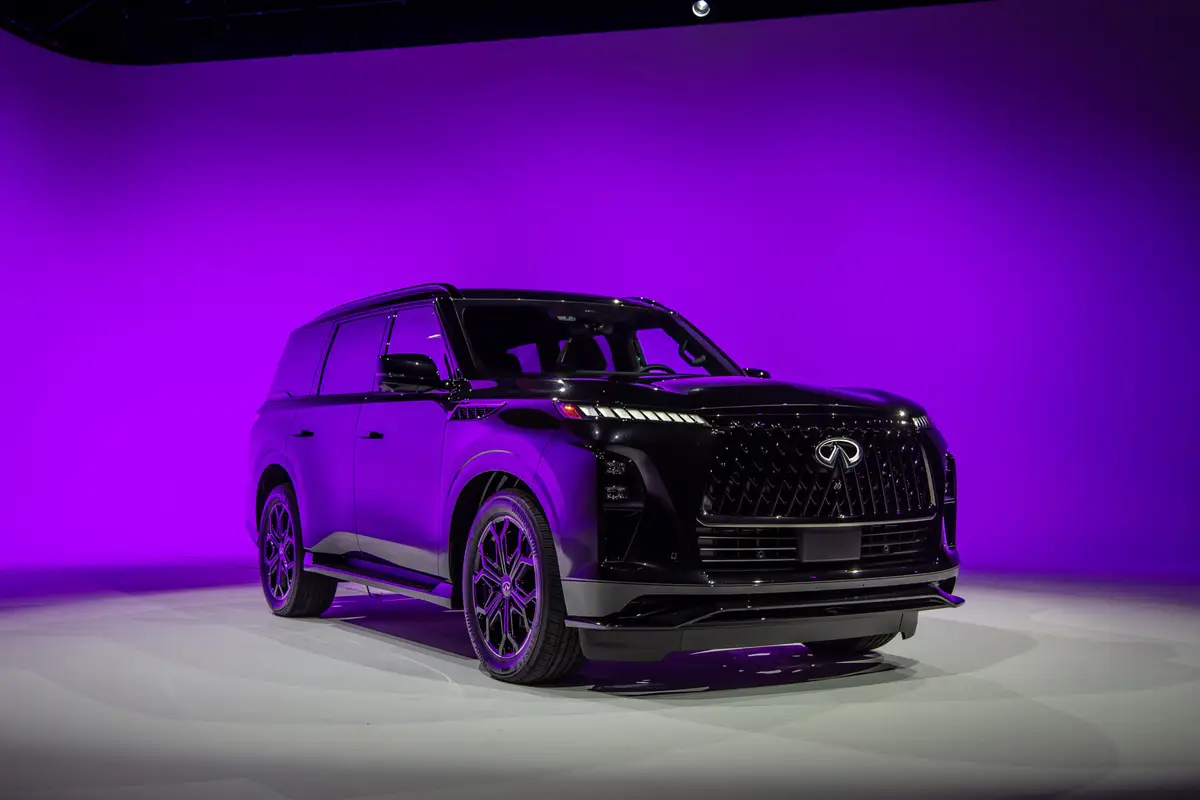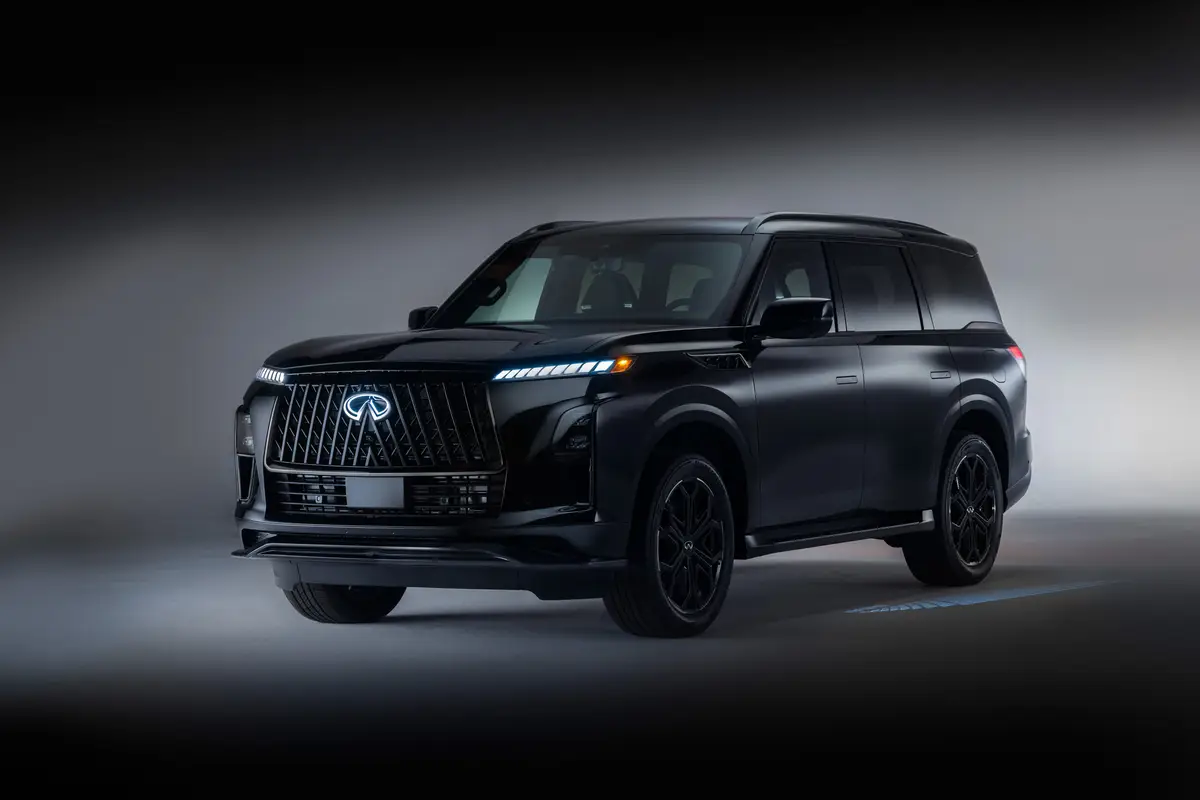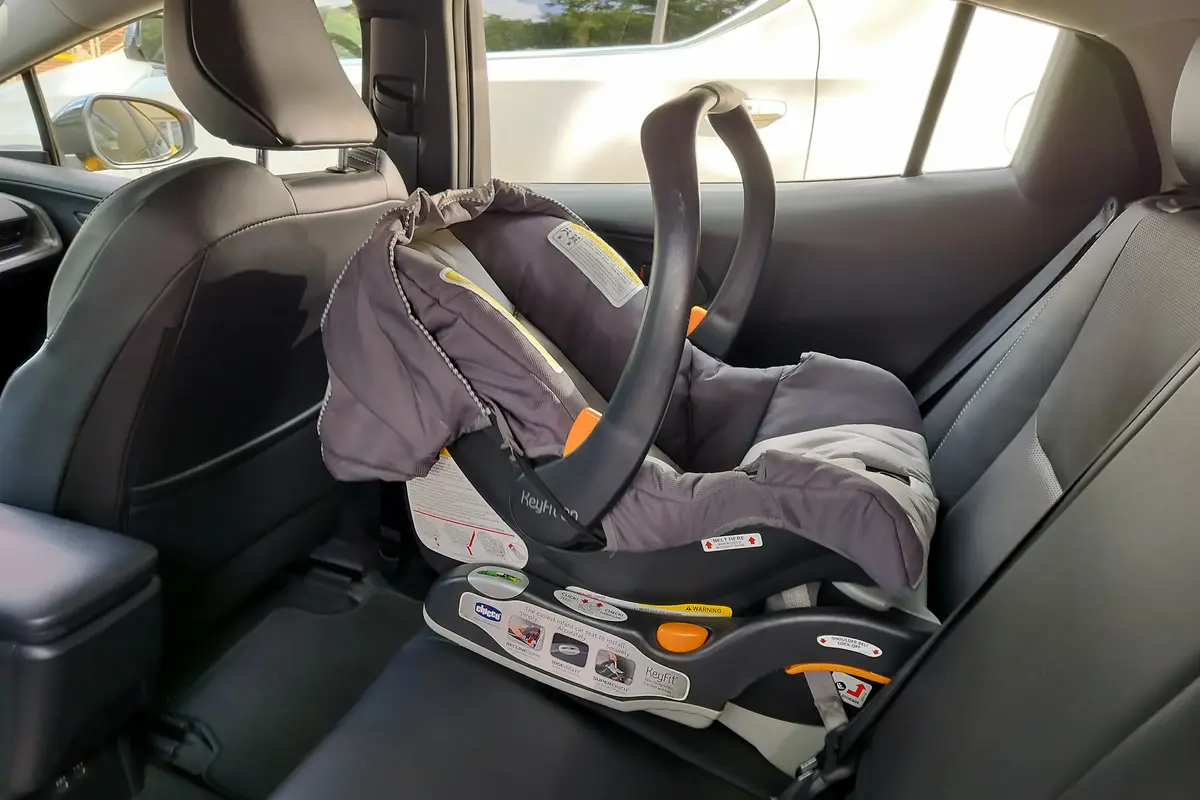Star-Telegram.com's view
Now on the market – just in time to give Dodge a much-needed midsize crossover – is the all-new 2009 Journey.
Built on the unibody chassis of the 2008 Avenger sedan, the Journey gives Dodge dealers a product that could help overcome the huge drop in pickup and SUV demand resulting from this spring’s record spike in gasoline prices.
The addition of the Journey to the growing crossover segment is a good strategic move for Dodge parent Chrysler LLC as consumers move away from conventional truck-based SUVs.
Crossovers are the hottest family-haulers on the market in this tough new auto climate, thanks to their fuel economy, which generally is much better than that of the truck-based SUVs that were so popular for more than a decade.
The Journey comes in three trim levels: base SE, midlevel SXT and top-of-the-line R/T models.
Prices range from $19,360 (plus $625 freight) for the SE to $27,670 for the R/T all-wheel-drive model.
Our tester was the R/T with front-wheel drive, whose base price is $25,920. With freight and options, the test vehicle rang up at $32,405. But it’s not necessary to spend that much to have a nicely equipped Journey – even the SE model comes with most of the amenities consumers need.
The Journey is meant to compete against such popular crossovers as the Ford Edge, Toyota Highlander, Honda Pilot and Nissan Murano.
It joins the compact Nitro as the second crossover model in the Dodge lineup. The Nitro essentially is a version of the second-generation Jeep Liberty, although Dodge dealers got the vehicle first as a 2007 model. The new Liberty arrived for 2008.
The Nitro and Liberty are built on unibody chassis like other crossovers, rather than using the body-on-frame arrangement of traditional truck-based SUVs. But the Nitro has a more-rugged appearance than the softer-styled Journey.
There is room for up to seven in the Journey, which is available with a third row of seating. The Nitro and Liberty have room only for five.
Chrysler also plans to sell the Journey globally. Other world markets will get a diesel-powered version, but for now North American models are offered only with gasoline engines.
Journey buyers are expected to represent a broad range of consumers, from young singles and couples to families and even empty-nesters, many of whom have grandchildren and occasionally need the third seat. As with most three-seat vehicles in this class, the third row is limited to two people and is best suited for children.
But in our tester, I found that five adults can sit relatively comfortably in the first two rows, although the middle seat would be better for just two on a long trip, of course. Nobody likes to sit in the middle anyway, kid or adult.
There is lots of cargo space, including bins in the floor and under the front passenger-seat cushion. In the floor behind the front-row seats are storage bins that can hold 12 cans of beverage – on ice. They are waterproof and have latchable lids and removable, washable liners, making them essentially built-in coolers.
Among the Journey’s standard safety features are front seat-mounted side air bags, roof-mounted side-curtain air bags for all three rows, four-wheel antilock disc brakes and electronic stability control with rollover mitigation.
Options include a back-up camera and all-wheel drive. Front-wheel drive is standard, and offers the best fuel economy.
Journey’s base engine is Chrysler’s new 2.4-liter, four-cylinder world engine, which produces 173 horsepower and 166 foot-pounds of torque. The engine also is used in the Avenger, Dodge Caliber and several other Chrysler and Jeep vehicles.
It’s connected to a four-speed automatic transmission for the North American market, and is it is EPA-rated at 19 miles per gallon city/25 highway in the Journey.
The top engine, also from the Avenger, is a 3.5-liter V-6 rated at 235 horsepower and 232 foot-pounds of torque. This engine is standard on the SXT and R/T models. It’s connected to a six-speed automatic transmission.
In our front-drive R/T, EPA ratings were 16 city/23 highway; with all-wheel drive, they drop to 15/22.
The V-6 engine, while not having as much horsepower as its key competitors, nevertheless was powerful enough for everyday driving. I haven’t tested the four-cylinder yet, but I expect that it would be suitable for most people, especially with the bonus of the higher fuel economy.
The Journey has a smooth, carlike four-wheel independent suspension with MacPherson struts in front.
The all-wheel-drive system, which is not intended for serious off-road use, is offered only on the SXT and R/T models. The system does not have the low-range gearing necessary for extreme trail driving.
It’s an automatic system that works on demand, powering the front wheels until it detects wheel spin, then transferring some of the power to the rear wheels. Besides being valuable on slippery surfaces, the all-wheel drive also kicks in on dry pavement between 25 and 65 mph to enhance handling, Chrysler said.
The front end of the Journey comes with Dodge’s signature crosshair grille with the Ram’s head logo. Other exterior features include quad halogen headlights. Optional are fog lights and 19-inch wheels.
At the rear is a single-piece liftgate, and with the 3.5-liter engine there are dual chrome-tipped exhaust outlets.
Five-passenger seating arrangement is standard, but the third seat is available on all trim levels. On our vehicle, the seat came as part of a $1,220 package that also added the tilt-and-slide center seat that allows for easy access to the third row. A higher-power alternator and rear heating/air conditioning system were part of the package as well.
Chrysler says the third seat has 2 inches more headroom than the Journey’s competitors.
The vehicle’s rear doors open 90 degrees for easy entry and exit, as well as for loading of bulky cargo into the middle seat. The seats are arranged theater-style so everyone has a good view forward.
With the tilt-and-slide feature, the second row of seats can move 4.7 inches front to rear to give adults more legroom or to bring kids closer to the front seats.
Journey is the first vehicle in the midsize crossover class to have integrated child booster seats, a $295 option on our test vehicle that put two of these seats in the middle row.
The booster seats were developed originally for the Dodge and Chrysler minivans. They raise a child seated in the second row by 4 inches and are designed for children up to 4 feet 9 inches and from 48 to 85 pounds. Some states require booster seats for children of this size.
The middle seat has a 40/60 split-folding feature, and the third seat a 50/50 split. Folding the seats can expand the cargo area, and there is even an optional fold-flat front passenger seat to accommodate long items such as skis (this was standard on our R/T).
Cloth seats are standard on the SE model, but optional is Chrysler’s new YES Essentials stain- and odor-resistant upholstery. That fabric is standard on the SXT model.
Leather upholstery is standard on the R/T.
Other features include Chrysler’s Chill Zone glove box, which uses the air-conditioning system to help keep four beverage cans or bottles cold; and the MyGIG entertainment system, which has a hard drive to store thousands of audio files.
A navigation system is optional, along with a rear back-up camera system.
Our tester came with several other packages, including an entertainment group ($2,200) that added the navigation system, MyGIG audio system, and backup camera, which shows the image on the nav screen in the middle of the dash.
A “convenience group” package ($695 gave our vehicle adjustable roof-rail crossbars, a cargo-area cover, cabin air filter, hands-free communications, special LED dash lighting, a vehicle-information center, and an auto-dimming rearview mirror.
Also included was the rear-seat video system ($825) and 19-inch aluminum wheels ($625).
2009 Dodge Journey
The package: Midsize, five-door, five- or seven-passenger, front- or all-wheel-drive, four-cylinder or V-6-powered crossover utility vehicle.
Highlights: New for 2009, this is Dodge’s first midsize crossover. It has nice styling, a well-designed interior, good fuel economy (especially with the base engine), and lots of standard amenities.
Negatives: Outdated four-speed automatic transmission in base models hurts fuel efficiency – the optional six-speed should be standard.
Engines: 2.4-liter inline four-cylinder; 3.5-liter V-6.
Transmissions: Four-speed automatic, six-speed automatic.
Power/torque: 173 HP/166 foot-pounds (2.4-liter); 235 HP/232 foot-pounds (3.5-liter).
Length: 192.4 inches.
Curb weight: 3,801-4,233 pounds
Brakes, front/rear: Disc/disc power, antilock.
Electronic stability control: Standard.
Side air bags: Front seat-mounted; side curtain for both rows.
Cargo volume: 10.7 cubic feet (behind third row); 39.6 (behind second row).
Towing capacity: 1,000 pounds (4-cylinder); 3,500 pounds (V-6).
EPA fuel economy: 19 mpg city/25 highway (2.4-liter); 16/23 (3.5-liter, front drive); 15/22 (all-wheel drive).
Fuel capacity/type: 20.5 gallons/unleaded regular (front drive); 21.1 gallons/unleaded regular (all-wheel drive).
Major competitors: Honda Pilot, Toyota Highlander, Nissan Murano, Mitsubishi Endeavor, Ford Edge, Hyundai Santa Fe, Kia Sorrento.
Base price range: $19,360-$27,670 plus $625 freight.
Price as tested: $32,405, including freight and options (R/T, front-wheel drive).
On the Road rating: 8.2 (of a possible 10).
The automotive columns of G. Chambers Williams III have appeared regularly in the Star-Telegram since 1995. Contact him at chambers@star-telegram.com.
Latest news



